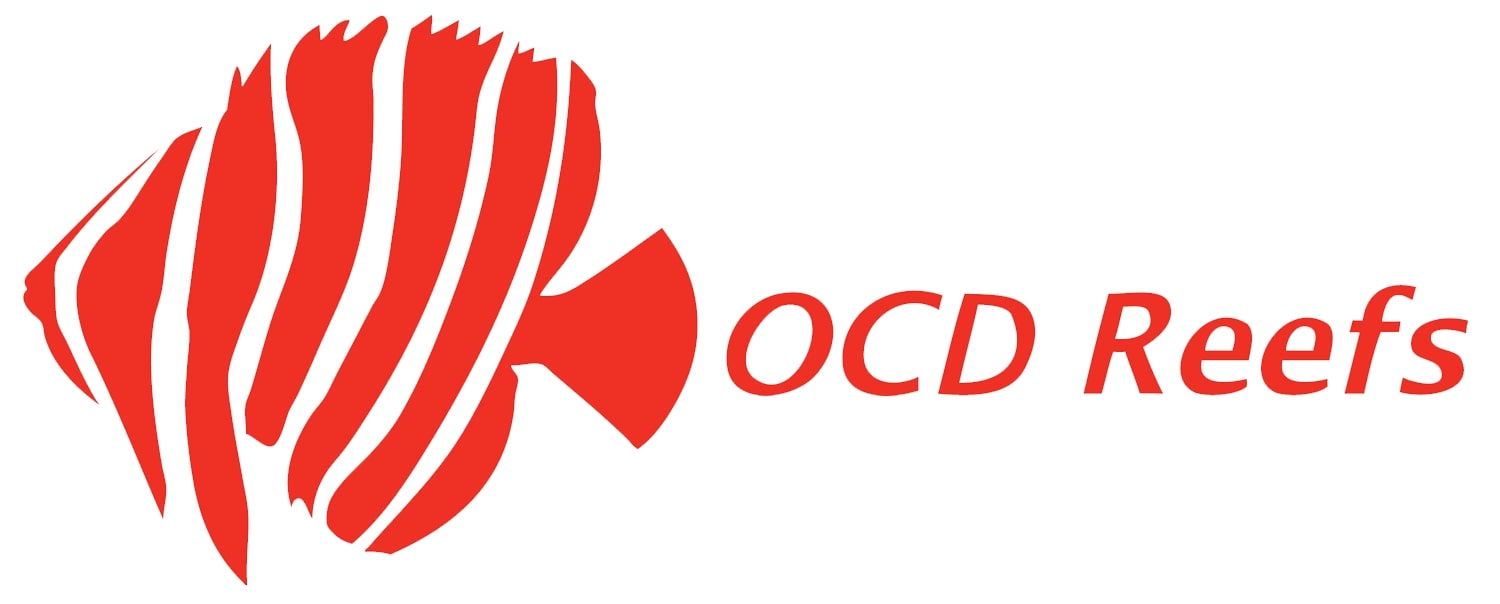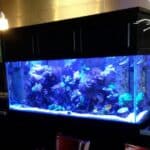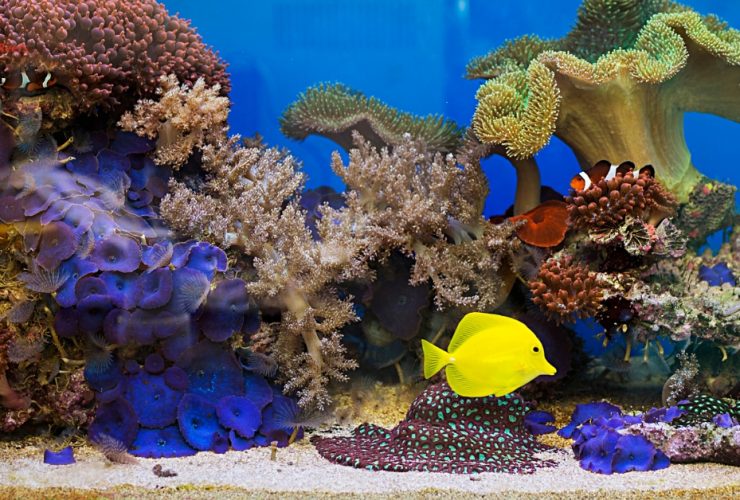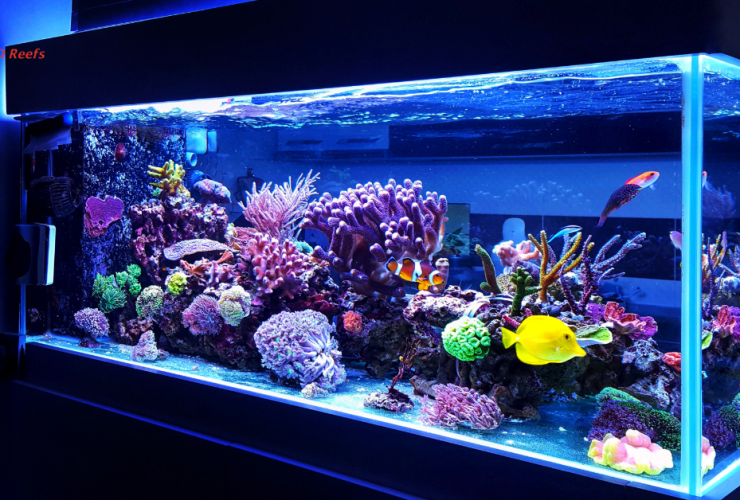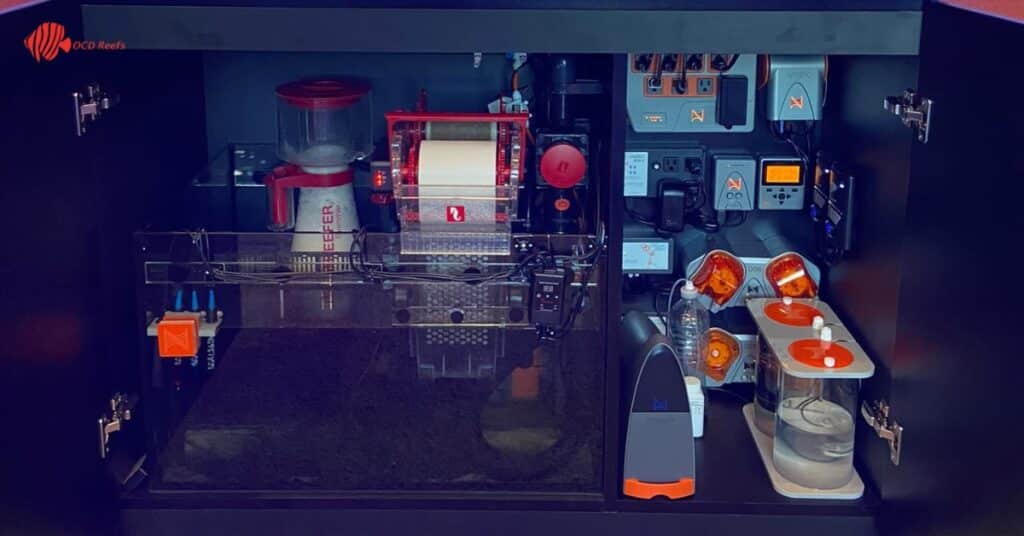
If your dream reef tank keeps getting sidelined by confusing equipment options, you’re not alone. For many saltwater aquarium beginners (and even experienced hobbyists), filtration can feel like a mystery wrapped in plumbing and protein skimmers.
Whether you’re eyeing your first clownfish or upgrading to a Red Sea system, one question keeps popping up:
Do saltwater aquariums need a special filter — and if so, which one?
In this post, we’ll break down exactly what makes filtration in saltwater tanks different, what options you have, and how to choose the right one (without overspending or undershooting your reef’s needs).
Live in the Salt Lake City area? You’ll find expert help and top-tier reef gear at .
What We’ll Cover
Why Saltwater Tanks Need Specialized Filtration
Saltwater aquariums mimic complex reef ecosystems — meaning they demand more than your standard freshwater filter.

Here’s why:
- Higher Bioloads: Saltwater tanks typically house fish and coral and inverts — that’s a lot of organic waste.
- Water Stability: Tiny shifts in parameters (like nitrates or salinity) can have major consequences.
- More Sensitive Life: Coral, anemones, and inverts thrive only under precise, stable conditions.
So yes — you absolutely need a specialized filter system designed for the unique chemistry and demands of a saltwater setup.
The 3 Critical Types of Filtration for Saltwater Tanks
A thriving saltwater reef system depends on a three-pronged filtration approach:
1. Mechanical Filtration
Physically removes particles and debris from the water.
- Filter socks
- Foam pads
- Roller mats
Pro tip: Clean these weekly to avoid nitrate build-up.
2. Biological Filtration
Uses beneficial bacteria to convert toxic waste (ammonia, nitrites) into less harmful nitrates.
- Live rock (primary biofilter in reef tanks)
- Ceramic media
- Bio balls or biomatrix
This is your tank’s immune system — don’t scrub it clean!
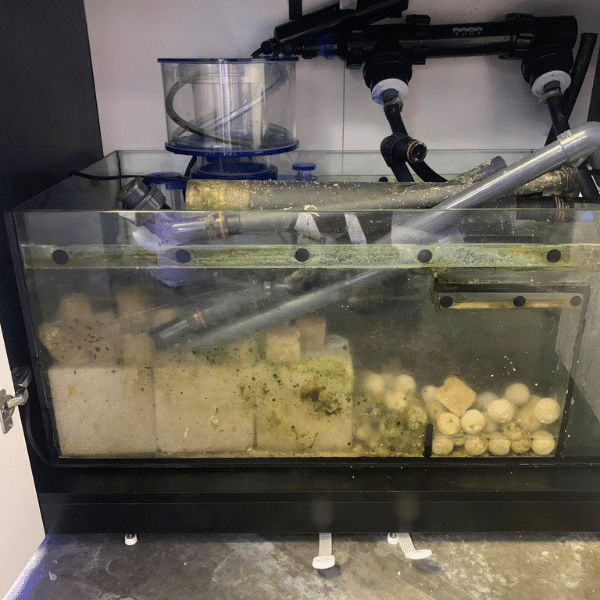
Best Filter Options for Saltwater Aquariums
You’ve got options — here are the most effective setups we recommend at OCD Reefs:
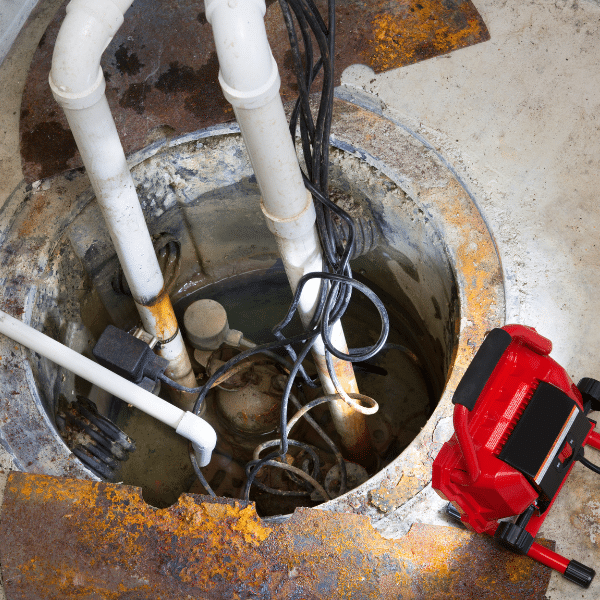
Sump Systems (Best Overall)
Customizable, quiet, and highly efficient — ideal for Red Sea setups and reef tanks 40+ gallons.
- Houses skimmer, heater, and reactors
- Keeps gear out of display tank
- Increases water volume & stability
Canister Filters (OK for Smaller Systems)
Good for fish-only systems under 40 gallons, but require frequent maintenance.
- Compact and easy to set up
- Can be risky if not cleaned often (nitrate trap!)
All-in-One Filtration (AIO Tanks)
Perfect for beginners — filtration built into the tank (Red Sea MAX, Innovative Marine).
- Less plumbing hassle
- Good for nano reefs
Common Filtration Mistakes (And How to Avoid Them)
At OCD Reefs, we’ve helped hundreds of aquarists troubleshoot issues caused by improper filtration. Here’s what to avoid:
- Skipping Protein Skimmers in larger systems
- Overreliance on canister filters without maintenance
- Underestimating live rock as a biological filter
- Neglecting chemical filtration during algae outbreaks
- Cleaning filter media too aggressively and killing bacteria colonies
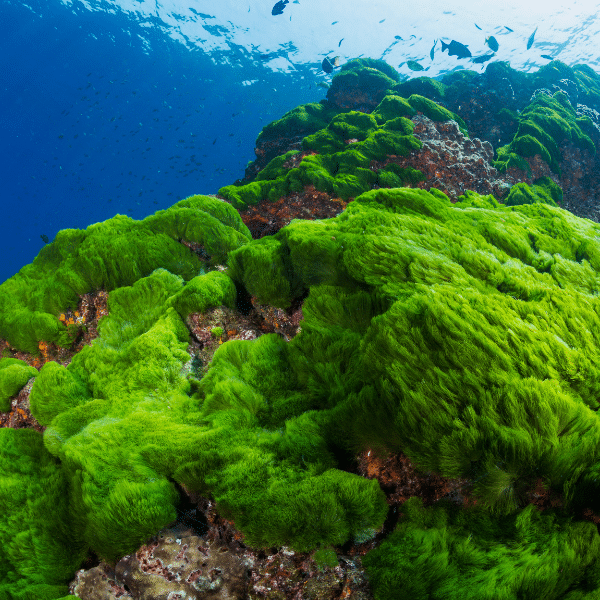
Need help choosing or upgrading your system? Book a consultation with our certified reef techs.
At OCD Reefs, Expertise Meets Obsession
Whether you’re starting a 20-gallon nano reef or scaling up to a full SPS system, filtration is make-or-break — and we’re here to help you get it right.
With 25+ years of reefkeeping experience, our team at OCD Reefs helps aquarists across Salt Lake City build beautiful, balanced systems — no guesswork required.
Stop by our store or give us a call to get expert recommendations on filtration, lighting, livestock, and everything in between.
Ready to Take the Next Step?
Still unsure what filter is right for your saltwater aquarium?
Let us help!
FAQ: Saltwater Aquarium Filtration
If your system is over 30–40 gallons or heavily stocked, yes. Skimmers remove dissolved organic compounds and improve water clarity and stability.
Not recommended. Freshwater filters lack the flow rate, biological media space, and durability needed for saltwater use.
All-in-one (AIO) systems with built-in chambers for mechanical, chemical, and biological media work best. Brands like Red Sea and Innovative Marine excel in this area.
- Mechanical (socks/pads): Weekly
- Chemical (carbon/GFO): Monthly
- Canister filters: Every 2–3 weeks
- Sump compartments: As needed
Wrapping It All Together
Filtration isn’t just a box you plug in — it’s the lifeline of your reef system. And with the right approach, even complex saltwater tanks become manageable, stable, and stunning.
If you’re in Salt Lake City and building (or rebuilding) your saltwater setup, visit OCD Reefs for expert guidance, top-tier equipment, and the support you won’t get from big-box stores or online forums.
Related Resources
- How to Maintain a Salt Water Fish Tank
- Saltwater vs. Freshwater Aquarium Guide
- Guide to Nutrient Testing in Reef Tanks → (Coming Soon)
- Is Tap Water OK for a Saltwater Tank? - October 9, 2025
- Should I Get Blue or White Light for My Saltwater Aquarium? - September 5, 2025
- Do Saltwater Aquariums Need a Special Filter? Here’s the Truth (and What You Actually Need) - August 4, 2025
